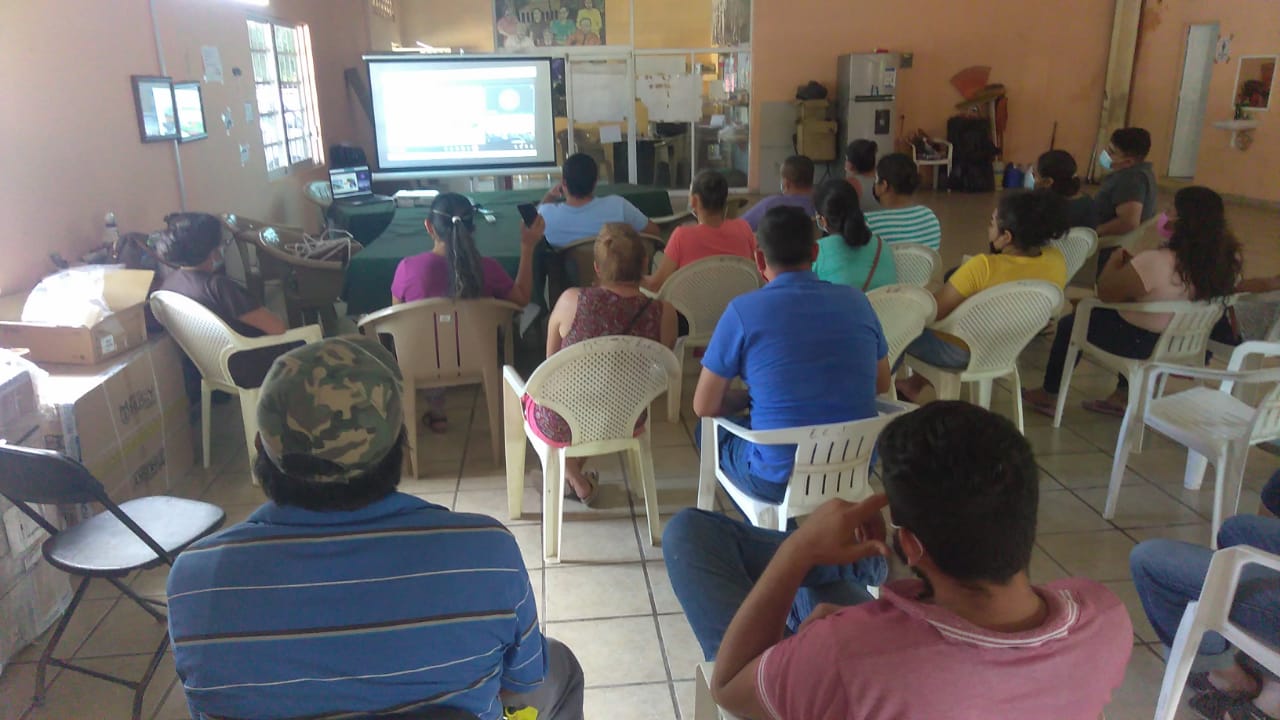A new vision of innovation must recognize farmers as agents capable of observing, discovering new ways of doing through experimentation and learning (Van der Ploeg, J.D. 1990). Instead of 'technology transfer' processes, thought should be given to improving farmers' ability to learn and experiment (Leeuwis, C. 1999). Therefore, innovations at the level of complex systems, in which the human being is an integral part, are no longer conceived as external but are developed and designed in their context of application and with the participation of those who manage the systems and make decisions (Gibbons, M. et al., 1997; Leeuwis, C. 1999). This ensures the relevance, applicability and adoption of potential solutions to the problems detected. The Resilient Family Farming project, based on previous experiences developed by INIA and CNFR, promoted joint work between producers, technicians, organizations and researchers, using the co-innovation approach, to generate a cyclical process of characterization and diagnosis, implementation, monitoring and evaluation that would allow innovation to emerge from interactive learning among the actors involved.
